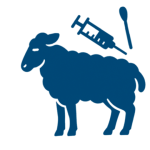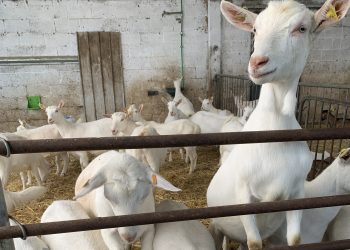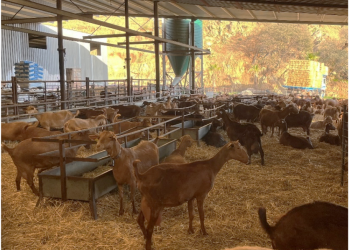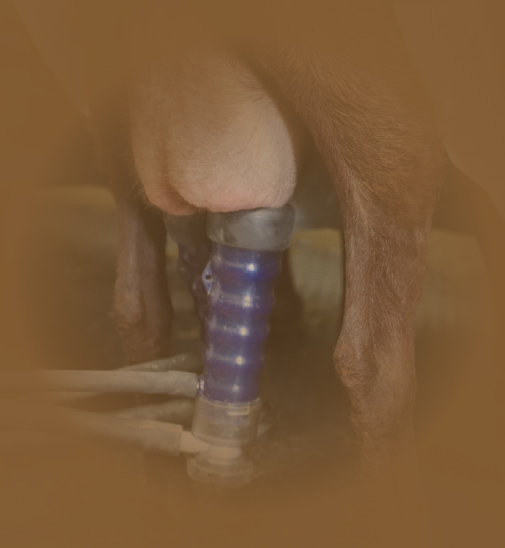Identifying the causative agent of abortion in sheep and goats is essential for implementing effective control measures. In the case of Chlamydia abortus, correct diagnosis depends on acting quickly, knowing what samples to collect and when.
What might lead us to suspect a C. abortus infection?
– Abortions at the end of pregnancy
– Weak lambs or kids
– Neonatal mortality
– Absence of other signs in adult animals
– Necrotic placentitis
These signs may be indicative of C. abortus infection, although other pathogens such as Salmonella, Coxiella, or Toxoplasma can also cause similar symptoms.
Laboratory confirmation of the pathogen involved is always necessary.
Recommendations for proper diagnosis: What samples should be taken?
– Placenta: this is the sample of choice. Try to collect the damaged areas for a proper diagnosis.
– Aborted fetus: the entire fetus can be sent. The most useful samples are wet wool, abomasal contents, and internal organ fragments.
– Vaginal swabs: in females that have recently aborted (24-72 hours), vaginal swabs are useful when no placenta or fetus is available.
– Blood serum: it should be taken after abortion or birth, when seroconversion (increase in antibodies) occurs.



Sampling should be done as soon as possible to increase the chances of detection.
What are the best techniques?
PCR: the most recommended method due to its high sensitivity, specificity, and speed.The timing of sampling is critical. The excretion of Chlamydia is at its highest in the first few hours after abortion. If the sample is collected late or is degraded, there is a risk of false negatives.
If possible, PCR should be the first choice
ELISA: Enables the detection of antibodies against C. abortus. In the 3 months after abortion an increase in antibodies usually occurs, and they may be detectable during this period.
| Method | Objective | |
| Confirm pathogen | Prevalence/surveillance | |
| PCR | +++ | ++ |
| ELISA | ++ | +++ |
| Complement fixation | + | + |
| Immunohistochemistry | ++ | + |
| Smear staining | + | – |
Serology has some limitations. For example, it is not useful in vaccinated animals, because natural antibodies cannot be differentiated from vaccine antibodies.
ELISA can also be used for disease monitoring, to assess the circulation of the pathogen.
Important considerations for diagnosis
- Send >1 sample
- Collect from different animals
- Avoid contamination when collecting the sample
- Send as soon as possible (24 h)
- Samples must be refrigerated or frozen
- Combine different techniques to increase the chances of detecting pathogens
- Use personal protective equipment (gloves, mask), as many pathogens are zoonotic.
Conclusions
Diagnosis should be made as soon as possible to implement the best control strategy, such as vaccination of the herd or flock.
Proper sampling and the use of reliable techniques increases the chances of detecting the pathogen
Article written by:
Tania Perálvarez Puerta. Global Product Manager, Small Ruminants Franchise – HIPRA
References:
Chapter 3.7.5 Enzootic abortions of ewes (Ovine Chlamydiosis). Ovine terrestrial Manual 2018



